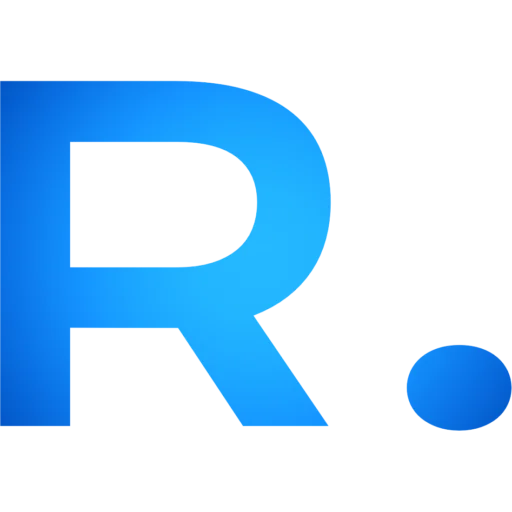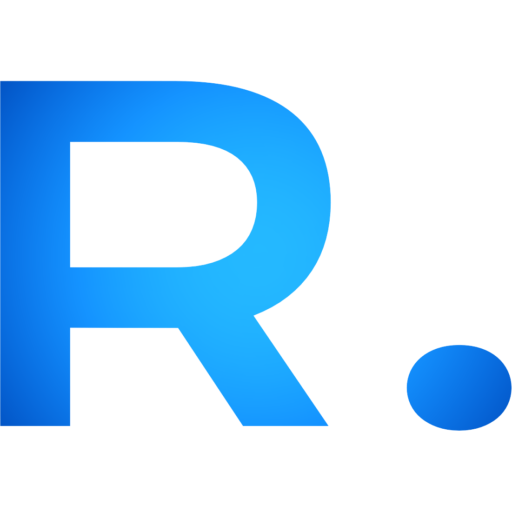For any successful recycling operation, the journey from waste to valuable raw material requires precision at every stage. After transforming post-consumer bottles into clean flakes within a high-performance PET bottle recycling system, a critical decision arises: how to process these flakes into their most marketable form. Pelletizing is the answer, but choosing the right technology is paramount.
The two dominant methods in the industry are traditional strand pelletizing and the more advanced underwater pelletizing (UWP). Each offers distinct advantages and presents different operational and financial considerations. This guide provides a head-to-head comparison to help you determine the optimal solution for your rPET operation.
The Workhorse: Understanding Strand Pelletizing
The strand pelletizing process is a robust and widely adopted method. The workflow is linear and visually intuitive:
- Екструзија: Molten rPET is extruded through a die head, forming continuous, spaghetti-like strands.
- Хлађење: These strands travel through a water bath or trough to cool and solidify.
- Одводњавање: An air knife or suction unit blows off excess water from the surface of the strands.
- Сечење: The cooled, dry strands are fed into a pelletizer, where a high-speed rotor with cutting blades chops them into cylindrical pellets.
The Precision Method: Understanding Underwater Pelletizing (UWP)
Underwater pelletizing is a more integrated and automated process, valued for its precision and consistency.
- Extrusion & Cutting: Molten rPET is extruded through a die plate that is in direct contact with a circulating water system. Rotating blades slice the polymer into pellets at the moment it emerges from the die face, underwater.
- Хлађење и транспорт: The newly formed, spherical pellets are immediately solidified by the water and transported as a slurry away from the die head.
- Одводњавање: The slurry is fed into a centrifugal dryer, which spins at high speed to separate the water from the pellets, resulting in a dry, finished product.
Head-to-Head Comparison: Strand vs. Underwater
Choosing a pelletizing system for rPET requires a careful analysis of several key factors.
1. Pellet Quality & Consistency
- Пелетирање нити: Produces uniform, cylindrical pellets. However, the process is susceptible to “strand breakage,” which can lead to variations in pellet length (“longs”) and the generation of dust or “fines.” The quality is highly dependent on operator skill during start-up.
- Underwater Pelletizing: Produces highly uniform, spherical, or lenticular (lens-shaped) pellets with minimal variation in size and shape. The immediate cooling process results in very low dust and fines generation. UWP is generally considered to produce a higher, more consistent grade of pellet, which is often demanded by premium applications.
2. Operational Requirements & Complexity
- Пелетирање нити: The process is more manual, particularly during start-up, which involves an operator manually “threading” the strands from the die head to the pelletizer. Whilst this requires labour, it also makes the system more forgiving of melt viscosity fluctuations and easier for operators to visually troubleshoot.
- Underwater Pelletizing: This is a highly automated, closed-loop system requiring less operator intervention during a run. However, the process is more complex and sensitive. It demands a very stable extrusion process (melt flow, pressure, and temperature) to function correctly. Start-up and maintenance typically require a higher level of technical skill.
3. Initial Investment & Footprint
- Пелетирање нити: The initial capital investment for a strand pelletizing line is significantly lower than for a UWP system. The equipment is mechanically simpler. However, the footprint can be quite long due to the cooling trough required.
- Underwater Pelletizing: This technology carries a higher initial investment cost, driven by the precision-engineered cutting head, water tempering system, and centrifugal dryer. The overall footprint, however, is often more compact.
4. Best Applications for rPET
- Пелетирање нити: An excellent, cost-effective choice for general-purpose rPET pellet production, compounding, and applications where minor variations in pellet shape are acceptable. It is a reliable workhorse for operations where minimising initial capital cost is a priority.
- Underwater Pelletizing: The definitive choice for high-end applications that require perfect pellet uniformity for stable processing. This includes injection moulding of parts with complex geometries, automotive components, and compounding high-value engineering plastics where consistency is non-negotiable.
Summary Table
| Карактеристика | Пелетирање нити | Underwater Pelletizing (UWP) |
| Облик пелета | Cylindrical | Сферни / Лентикуларни |
| Квалитет пелета | Good to Excellent, potential for fines | Excellent to Premium, highly uniform |
| Complexity | Lower, more manual start-up | Higher, automated, more sensitive |
| Почетни трошак | Доњи | Више |
| Отисак стопала | Дуже | More Compact |
| Ideal For | General-purpose, cost-sensitive operations | High-end applications, perfect consistency |
Закључак: Доношење правог избора
The decision between strand and underwater pelletizing is a strategic one. If your business model focuses on producing reliable, cost-effective rPET for a broad market, the lower initial investment and operational simplicity of a strand pelletizing line make it an attractive choice. If your goal is to target premium markets that demand the highest degree of consistency and quality, the superior output and automation of an underwater pelletizing system justify the higher investment.
Ultimately, the success of either pelletizing method depends on the quality of the input material. A clean, dry, and consistent flake, produced by a robust PET plastic washing line, is fundamental to achieving a high-quality final pellet.
At Energycle, we can help you analyse your specific requirements to determine the best value-added processing solution for your recycled materials. Contact our technical team to discuss your project.



